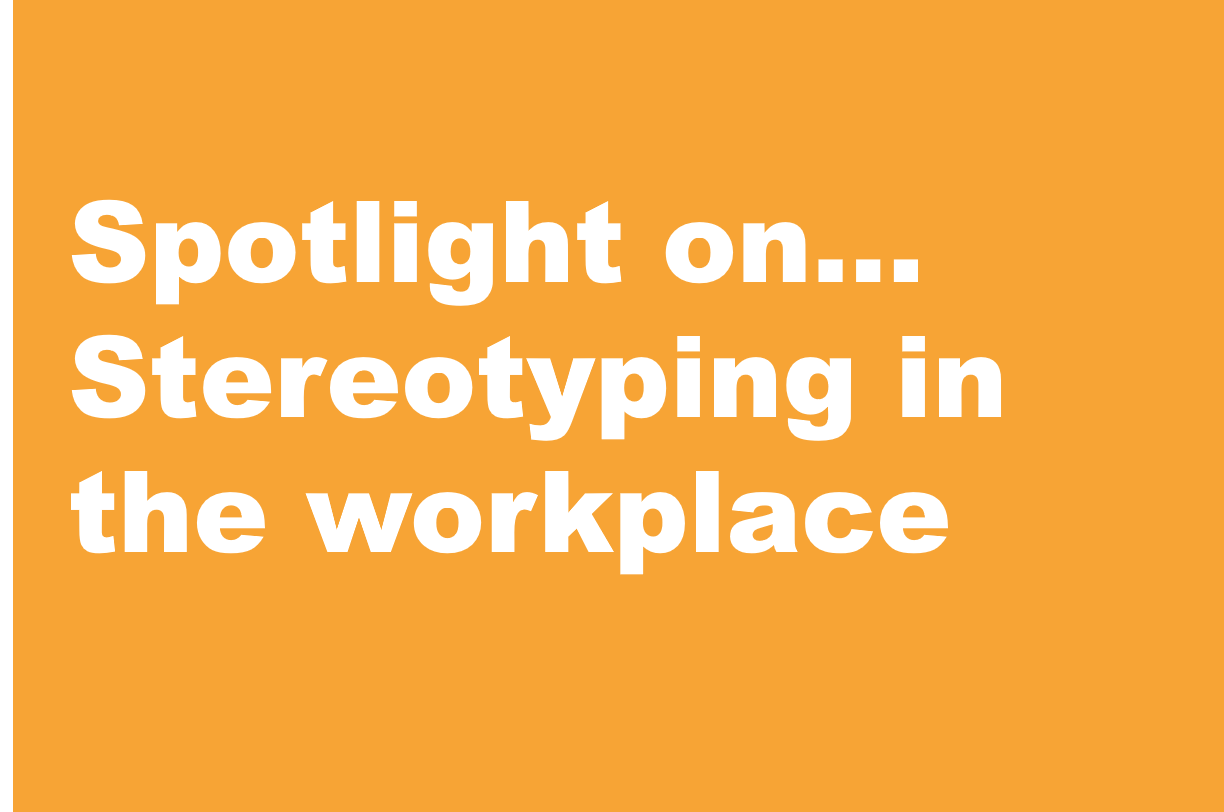Last month (June 2019) a ban on adverts featuring “harmful gender stereotypes” or those which are likely to cause “serious or widespread offence” came into force. The ban was introduced by the UK’s advertising watchdog, Advertising Standards Authority (ASA), because, it said; harmful gender stereotypes in ads can contribute to inequality in society and can play a part in limiting people’s potential.
However, it’s not only gender stereotypes which exist in workplace – workplace diversity is much broader. Co-workers differ in a variety of ways, consider; race, religion, age, marital status, sexuality and family responsibilities. All of these differences, and more, can lead to stereotyping, which may result in workplace tension.
What is stereotyping?
Definition: A stereotype is “…a fixed, over generalised belief about a particular group or class of people.” (Cardwell, 1996).
A stereotype is a mistaken idea, or belief, people have about a thing or group, which is based upon how they look on the outside. If you stereotype people, you are being prejudiced, as what you see on the outside, is only a small part of who a person is.
Stereotyping in the workplace
Stereotyping in the workplace involves making assumptions about people based on their gender or culture, religion, sexuality, or physical attributes.
Whether it is done innocently, or in jest, stereotyping or placing labels on people, with little or no personal knowledge about them, runs the risk of hurting people’s feelings and creating a work environment in which people feel discriminated against.
Seven steps to eliminate stereotyping in the workplace
- Respect and appreciate others’ differences
- Keep an open mind and get to know your co-workers as individuals
- Consider what you have common with other people — lots more than you think
- Avoid making assumptions or creating labels
- Develop empathy for the others
- Educate yourself about different cultures and groups.
- Above all, remember, none of us is the same and no one fits into a specific category.

